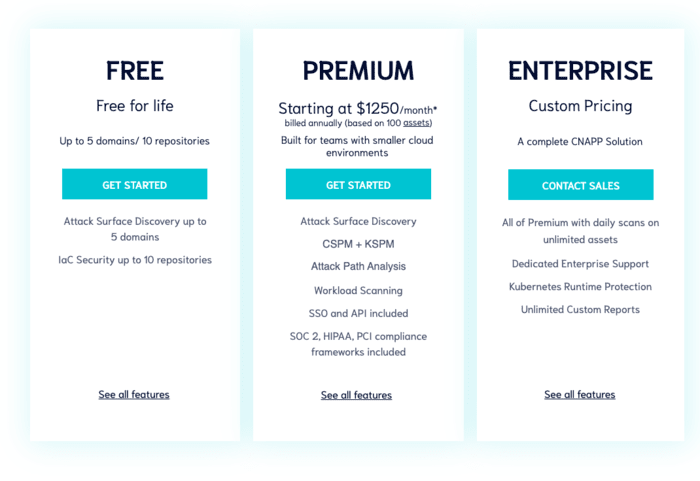Software as a Service (SaaS) across nearly every industry is booming. This means companies like yours are probably facing tough competition. To help your brand compete, you’ll need a strategy that not only attracts new customers but also retains them. Here we’ll walk you through some of the basics.
First up, you’re probably wondering: What is SaaS Marketing – and how is it different from other types of B2B marketing?
Basically, SaaS marketing does exactly what it sounds like it does. Let’s break it down.
- SaaS refers to delivering applications over the Internet … as a service. (As opposed to installing and maintaining software on premise.)
- Marketing is how SaaS companies get leads and retain customers by promoting themselves through digital channels like blogs, newsletters, social media, and ads.
A SaaS marketing strategy differs from other types of B2B marketing in two important ways.
First, unlike office chairs and employee uniforms, customers can’t touch your SaaS product. In many cases, they can’t even see it until they’re actually using it. As a result, your marketing efforts need to help customers imagine your product and its benefits.
Second, your marketing strategy not only needs to address new leads and conversions but also needs to focus on customer retention. That’s because SaaS products tend to have extremely high churn rates. The higher the churn, the lower your revenue.
Here, you’ll learn six tips that will help you accomplish the above SaaS marketing goals.

6 Tips for Creating a Solid SaaS Marketing Strategy
- Help Customers Imagine Your Product
- Build Trust with Social Proof
- Give Customers the Info They’re Already Looking For
- Offer Free Trials and Freemiums
- Optimize for Google Search
- Market to Existing Customers, Too
#1. Help Customers Imagine Your Product
People can’t hold your product in their hands. As a result, they need clear, easy-to-digest content that helps them figure out what your app does, how it works, and why it will benefit them.
Unfortunately, many SaaS companies try to do this, but they fall into a common trap.
They say too much.
Their websites are jam packed with words that fail to grab a customer’s attention.
When describing your product, take a tip from Friedrich Nietzsche’s famed quote, “It is my ambition to say in ten sentences what others say in a whole book.”
In other words:
Use the simplest message that sells your product.
(Read more: Six Questions That Help You Nail SaaS Branding)
#2. Build Trust with Social Proof
If companies already use your product, you’ll want to tell potential customers all about it.
Some companies simply display the logos of brands that already use their solution. This can be a cluster of logos or a slider, like so:

But don’t stop there!
Throughout your website and other marketing materials, supercharge social proof by offering testimonials and case studies that paint a specific picture of how your SaaS product transformed a company for the better.
Here’s another example from our client, HRSoft:

(Read more: 11 B2B Web Design Trends for 2023)
#3. Give Customers the Info They’re Already Looking For
When someone checks out your website, they want to know more than what your product is, how it will help them, and how it works.
They also have two additional questions.
- What’s the price tag?
- How does this product compare to the competition?
Some companies try to hide the answers to both questions. In our view, this is a mistake because it frustrates your client. They’re already comparing your software to your competitors. Whether you make it easy or difficult for them, they will find a way to do it.
So opt for easy.
Make pricing easy to find. If you offer more than one package, ensure that customers can easily compare them against one another. Here’s how our client Lightspin does it – in an industry where it’s common to hide pricing altogether.

#4. Offer Free Trials and Freemiums
Free trials and freemiums will take your customer from “I’m still thinking about it” to “Here’s my corporate credit card.”
A free trial gives your customer a set period of time – anywhere from 7 days to several weeks – to use your product before they see a charge on their card.
Freemiums are scaled-down versions of a product. Think of how Lightspin (mentioned above) offers a “free for life” model with fewer features than the paid premium and enterprise plans.
To make the most of a marketing strategy with free trials and freemiums:
- Pair them with lots of customer support to ensure the customer gets the most out of the product during their trial.
- Funnel your free trial customers into their own email marketing cycle. For each day or week of their trial, send them emails that help them to unlock and understand new features.
- If you offer a free version of your product, consider using an AI bot that reminds users of the features they’d be able to unlock and use in a paid version.
#5. Optimize for Google Search
Though lots of people talk about “gaming Google,” Search Engine Optimization (SEO) is about a lot more than just using the right keywords in your content and URLs.
You also need content that helps customers learn something useful.
After all, you’re not merely trying to attract people to your site. You’re also building awareness, credibility, and trust so you can eventually make the sale. To build all three, you need content that grabs and holds attention as well as teaches customers something they didn’t already know.
Consider the Altitude Marketing blog you’re reading right now. We could have kept all of this information to ourselves, thinking, “This is valuable knowledge. People should pay us for this!”
Instead, however, we offer it to the internet for free. We know that many people will read it and never sign up for our services. That’s okay. We only need a small percentage of our site traffic to convert.
(Read More: What B2B Companies Need to Know About On-Page SEO)
#6. Market to Existing Customers, Too
An effective SaaS marketing strategy is the opposite of cable and cellular marketing. Consider: When was the last time your cell phone provider tried to retain you as a customer? Never, right? If anything, cell carriers market to new customers at the expense of their existing ones, under the assumption that a certain amount of churn is the cost of doing business. The best way to get a better rate: Continually change carriers from one year to the next.
As a SaaS marketer, however, you can’t afford to market with such tactics. That’s because the churn rate for software is way too high. To reduce churn, keep the conversation going long after you’ve made the sale. You can do that by emailing your existing customers:
- Helpful tips and tricks that ensure they’re getting the most of your app
- Updates about new features – as well as how to use them
- Case studies that show customers how the product can help them cut more costs or improve productivity in unexpected ways
(Read more: 7 Tips for Choosing a B2B Content Writing Service)
Conclusion: Your Marketing Strategy Will Set You Apart
Depending on the industry your SaaS product serves, you could be facing fierce competition by more dominant solutions. However, there’s still room for other SaaS companies to break in, grow, and prosper. In addition to developing a winning SaaS product, however, you’ll also need to nail down your marketing strategy. Get it right and you’ll not only attract new customers, you’ll help to retain the ones you already have.



